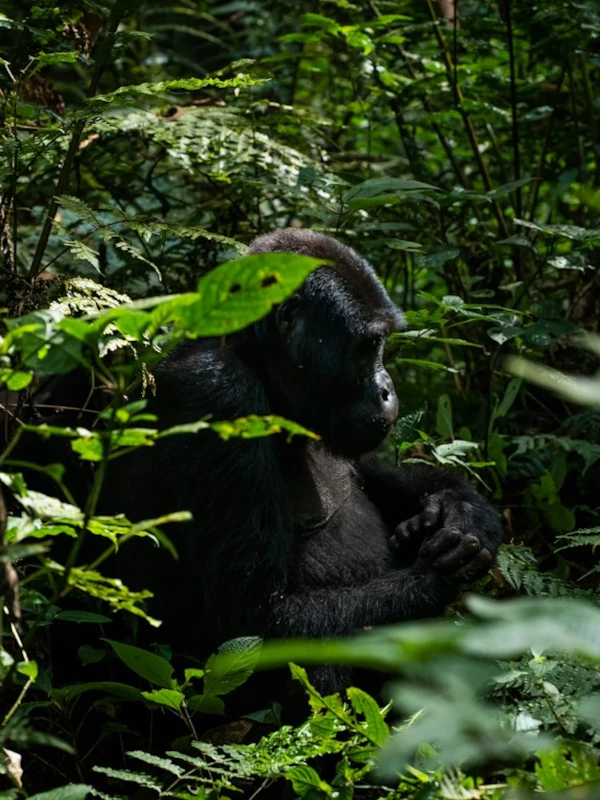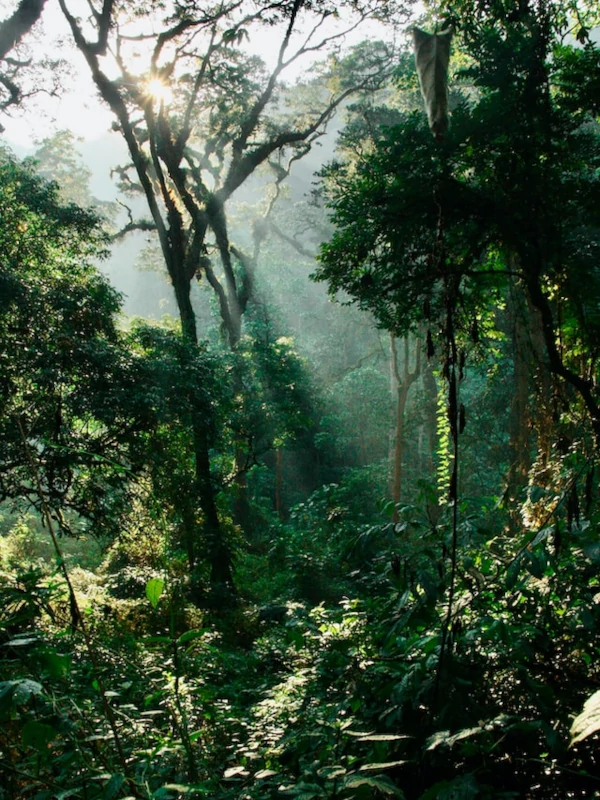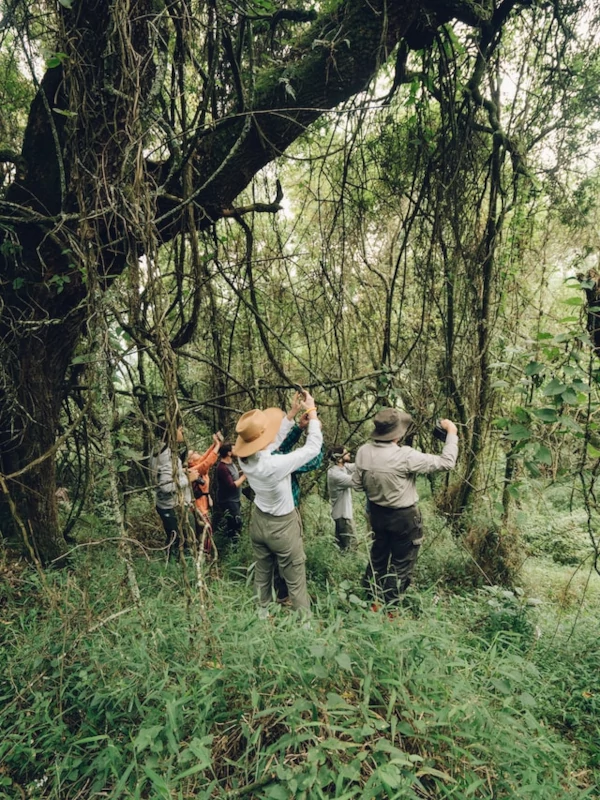One of the park's most notable features is its population of endangered mountain gorillas, making it a haven for gorilla trekking enthusiasts and researchers alike. Bwindi is home to nearly half of the world's remaining mountain gorillas, fostering critical conservation efforts to protect these majestic primates. The park offers a unique and intimate wildlife experience, allowing visitors the rare opportunity to observe gorilla families in their natural habitat. The experience of encountering these gentle giants amidst the lush greenery of the forest is nothing short of awe-inspiring.
Apart from its iconic gorilla inhabitants, Bwindi Impenetrable Forest National Park boasts a remarkable diversity of flora and fauna. The forest harbors over 120 mammal species, including various primates, elephants, and antelopes. Bird enthusiasts will delight in the park's avian treasures, as Bwindi is home to more than 340 bird species, including several Albertine Rift endemics. The melodic calls of colorful birds create a symphony that complements the enchanting ambiance of the ancient forest.
The park is not only a sanctuary for wildlife but also a cultural treasure trove. Bwindi is inhabited by the Batwa people, one of the oldest indigenous groups in the Great Lakes region. Their unique cultural heritage, characterized by ancient traditions, dances, and folklore, adds a fascinating dimension to the overall experience of visiting Bwindi Impenetrable Forest National Park. With its extraordinary blend of biodiversity, cultural significance, and the chance to witness the remarkable mountain gorillas, Bwindi stands as a jewel among Africa's protected natural wonders, offering an unforgettable journey into the heart of the impenetrable forest.








